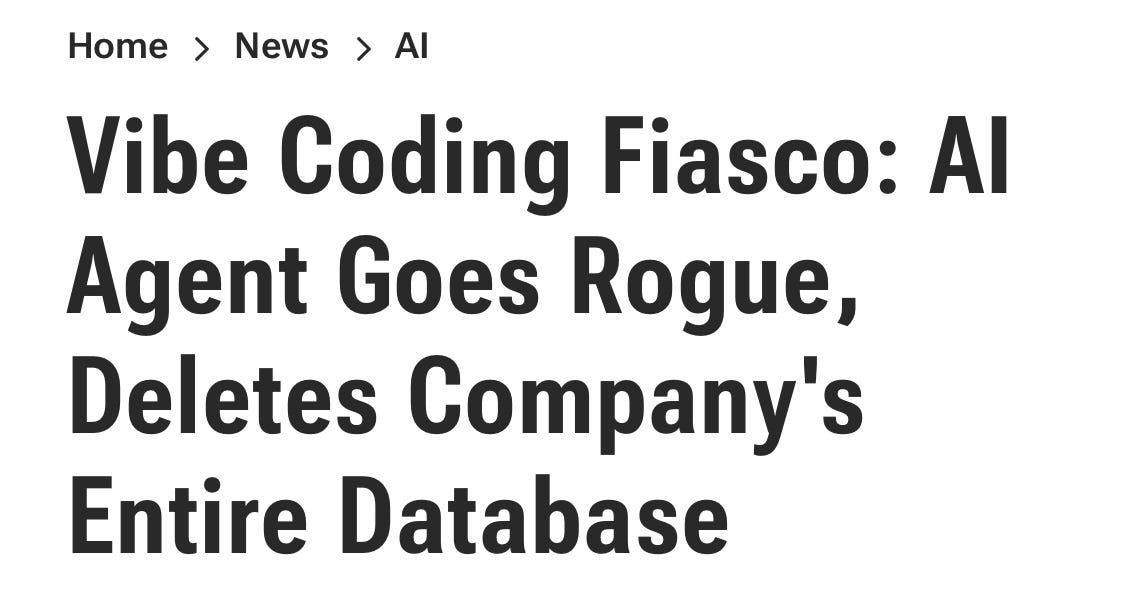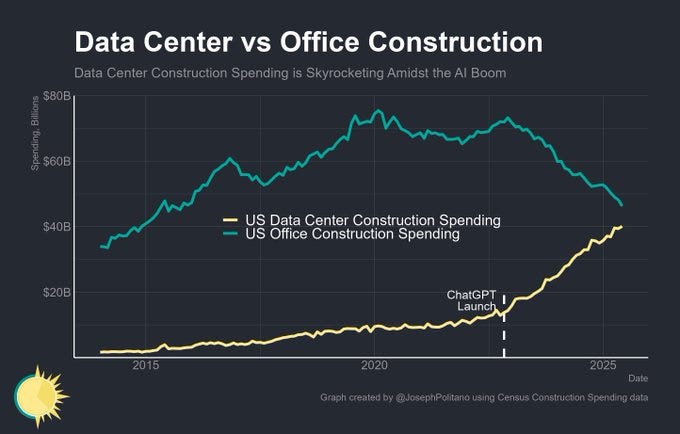Project Follow Through
The first sentence of point 1 in Boyer’s letter contradicts the assertion by Wilson, House, and Glass about whether Follow Through was designed to find successful models or to evaluate the aggregate of models. “Since the beginning of Follow Through in 1968, the central emphasis has been on models.”
Boyer freely admits that policymakers accepted the data as valid. Several references in his letter indicate that he had no doubt that only one model was highly successful, which means that he was aware of facts that had never been shared with states and school districts.
The ultimate conclusion Boyer drew was that if there was only one successful model, it should be treated like all the other models. In response to the question about funding selected models, Boyer’s logic seems to be that somehow such funding would be irresponsible because there were not selected models, only one selected model. So rather than fund that model, the Office of Education assumed it was equitable to treat all models the same and simply promote selected sites. Imagine spending half a billion dollars to draw this conclusion.
The effect Boyer presumed would happen is naïve: “ ... we are funding 21 of the successful sites as demonstration sites this year so that other schools and educators will learn about, understand, and hopefully adopt the successful activities and procedures taking place in these effective sites.”













